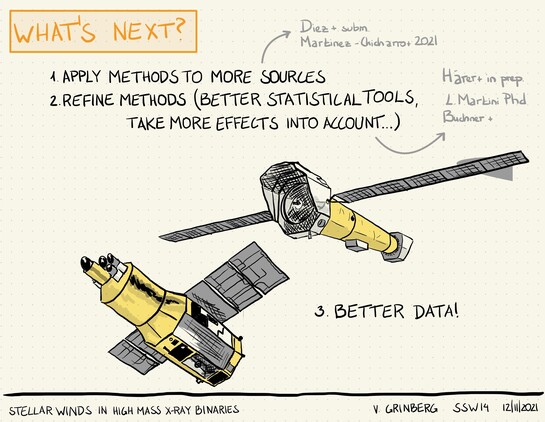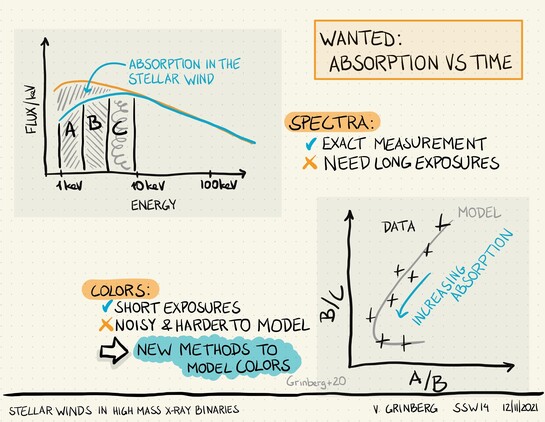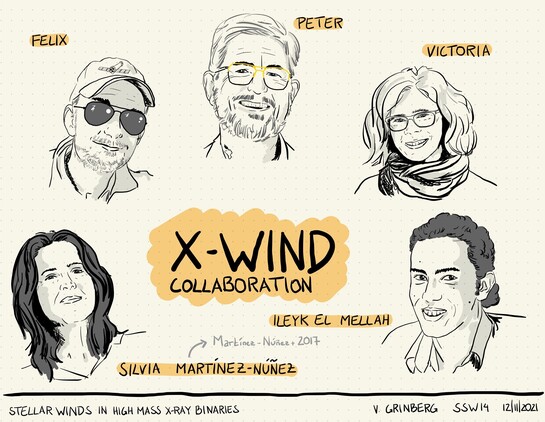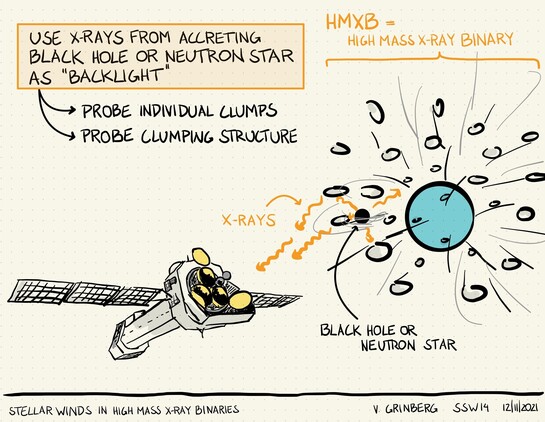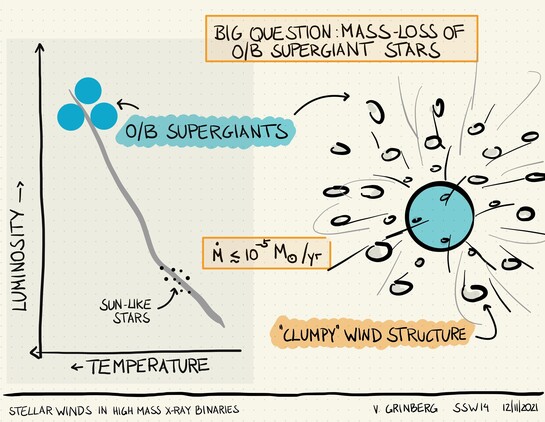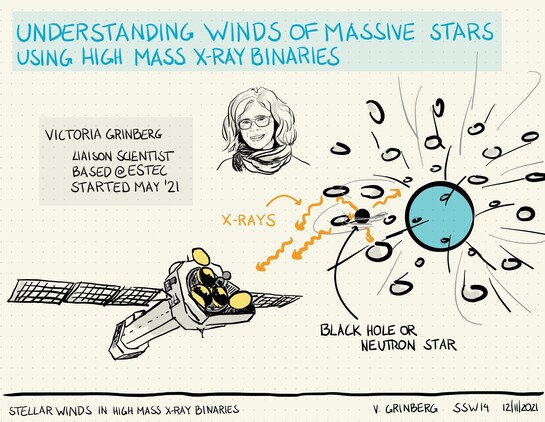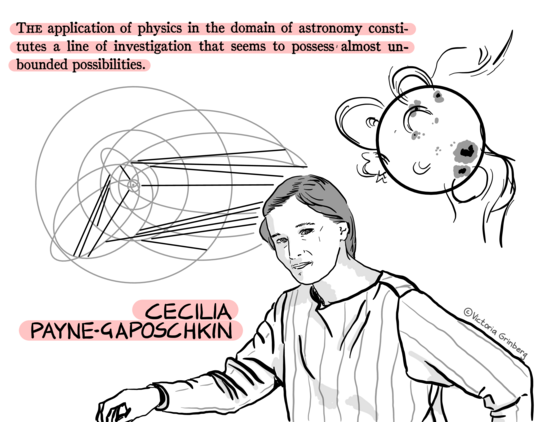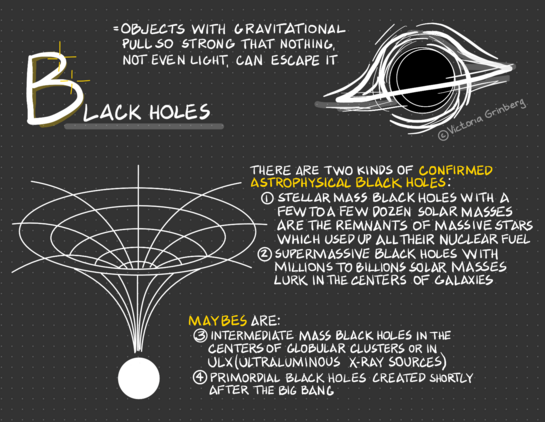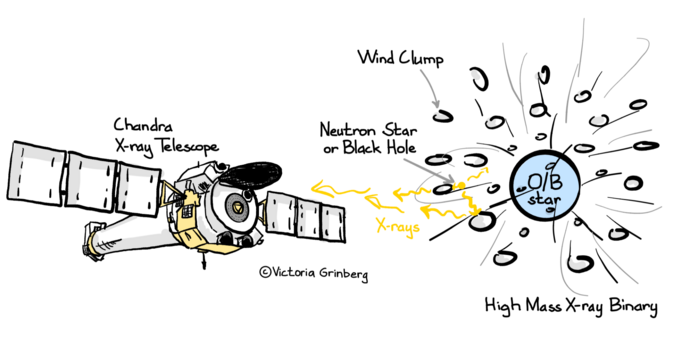Trotzdem ist das Bild der Folie hilfreich, zum Beispiel im Gravitationslinsen zu verstehen (gravitationsbedingte Lichtablenkuig) oder warum Licht aus der unmittelbaren Nähe eines Neutronensterns oder Schwarzen Lochs rotveschoben bei uns ankommt. Wenn das Bild aber zusammen bricht, ist es kein Beweis, dass die Relativitätstheorie falsch ist. Nur dass unser Bild Unzulänglichkeiten hat. 4/4
Gravitationslinsen: https://www.esa.int/ESA_Multimedia/Images/2025/03/Strong_gravitational_lenses_captured_by_Euclid


